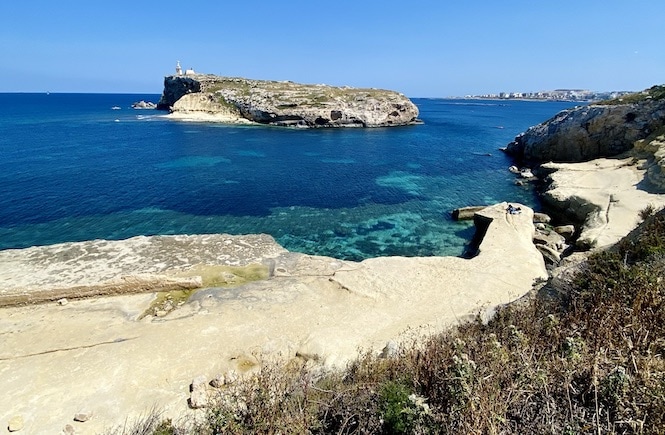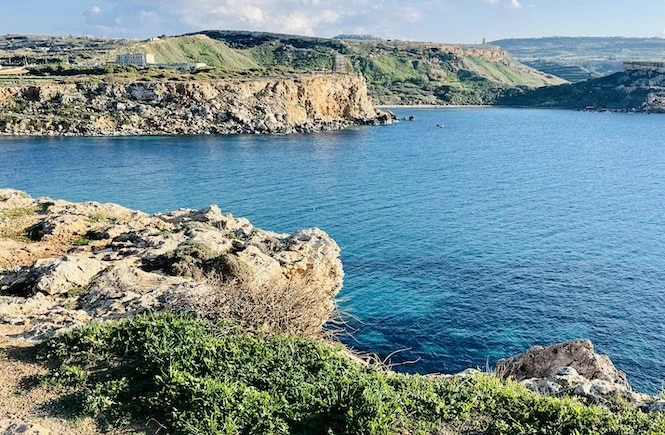Just a quick heads up – some of the links I share on this site are affiliate links. That means if you click on one and make a purchase, I may earn a small commission at no extra cost to you. Your support through these links helps me create valuable content.
Malta may be known for its ancient streets and steep slopes, but wheelchair accessible travel in Malta has improved dramatically in recent years. Government-led initiatives and tourism board efforts have prioritised inclusivity, with the goal of making Malta welcoming to everyone, including travellers with disabilities, mobility impairments, or age-related challenges.
If you’re wondering whether Malta for disabled travellers is realistic, the answer is a confident yes, with a bit of planning.
This guide draws on real experience from the ground. As someone who’s lived in Malta since 2011, I’ve seen firsthand how accessibility has evolved. From low-floor buses to beach wheelchairs, the country is investing in accessible infrastructure. Here’s what you need to know to explore Malta with confidence.
Getting Around: Buses, Ferries, and Adapted Transport
Airport Services
Malta International Airport provides trained assistance for persons with reduced mobility (PRM), including lifts, wheelchair accessible toilets, and priority seating. PRM services can be booked through your airline.
Malta’s entire public bus fleet now consists of low-floor models equipped with ramps and wheelchair-designated spaces. These buses run across the island and are the most affordable way to get around.
Drivers are generally helpful, and major stops like Valletta, Sliema, and the airport have smooth boarding areas. However, it’s best to avoid peak travel times (typically 7:30–9:00 a.m. and 4:30–6:30 p.m.), as buses can become crowded, making it difficult to board with a wheelchair or mobility aid.
For ferry travel, both the Valletta-Sliema ferry and the Gozo Channel ferry are wheelchair accessible. The Valletta-Sliema ferry includes ramps and flat walkways, and the Gozo Channel ferries have elevators between decks. Alternatively, you can bring your car aboard the Gozo ferry if you’re using an adapted vehicle.
If you need help planning accessible transport, the Malta Tourism Authority Accessibility Page and the Commission for the Rights of Persons with Disability (KNPD) are reliable resources.
Wheelchair Accessible Accommodation: Where to Stay Without Worry
When choosing a place to stay, newer hotels and international chains tend to offer the most accessible options. These typically include:
- Roll-in showers
- Wide doorways and step-free access
- Elevators with tactile buttons
St. Julian’s and Sliema have many such hotels, and their flat seafront promenades are easy to navigate. Mellieħa’s larger beach resorts also tend to be well-equipped.
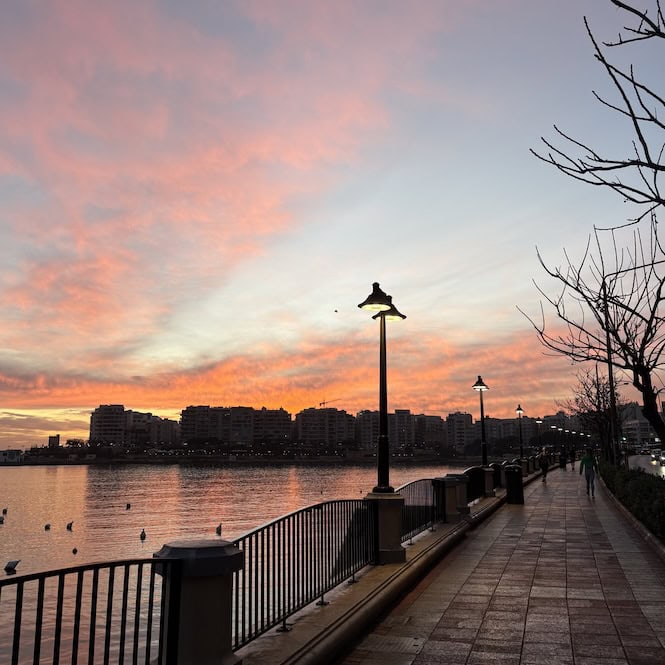
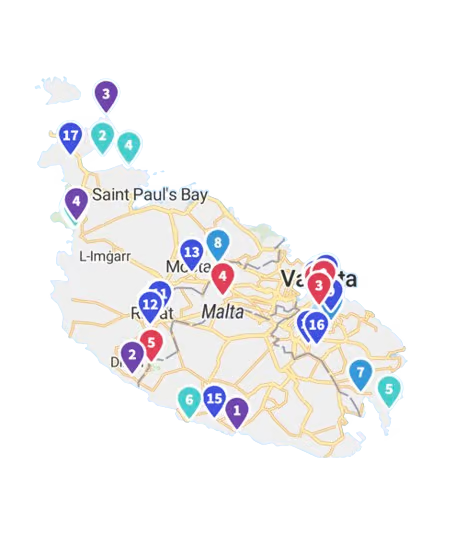
Get a FREE Attractions Map
Planning a trip to Malta, Gozo, or Comino? Get this free interactive map filled with insider tips, Google Maps links, and more.
To find the right accommodation, use filter options on major booking platforms to search specifically for accessible rooms. It’s always best to contact the hotel directly before reserving. Ask specific questions about step-free access, bathroom features, and elevator availability.
Avoid boutique guesthouses in Valletta or Mdina unless they specifically advertise accessibility features, as many are in historic buildings with stairs and no lifts.
It’s also best to avoid staying in Paceville, where the streets are narrow, crowded, and often noisy, especially at night.
Major Attractions: Access to History and Culture
Valletta
Valletta’s main streets are smooth and sloped, with ramps on most sidewalks. The new Parliament building and MUŻA art museum are fully accessible via elevators.
St. John’s Co-Cathedral offers a wheelchair accessible ramp and a side entrance for wheelchair users. Fort St Elmo, the National War Museum, includes a wheelchair accessible elevator, Braille directions, and audio-visuals.
The National Museum of Archaeology provides a ramp, elevator, audio guides, and accessible toilets. The Malta Experience also has ramps, elevators, and a loop system for hearing aid users.
The Three Cities (Birgu, Senglea, Cospicua)
The Three Cities have uneven pavements, but many sites are working to improve access. The Malta at War Museum in Birgu has some tight spaces, though the main floors are reachable. Fort St. Angelo includes an elevator for visitors. The Malta Maritime Museum, also in Birgu, is equipped with a wheelchair-accessible elevator, making it easier to explore this extensive collection of maritime history.
Mdina
Mdina is mostly flat and the stone paving is smoother than you might expect. With permission, accessible taxis can drop passengers directly inside the city gate. The Mdina Cathedral Museum has a lift, and the nearby Domus Romana offers both a wheelchair accessible ramp and elevator, making it one of the most accommodating historical sites in the area. It’s a quiet area, making navigation easier than in busier towns.
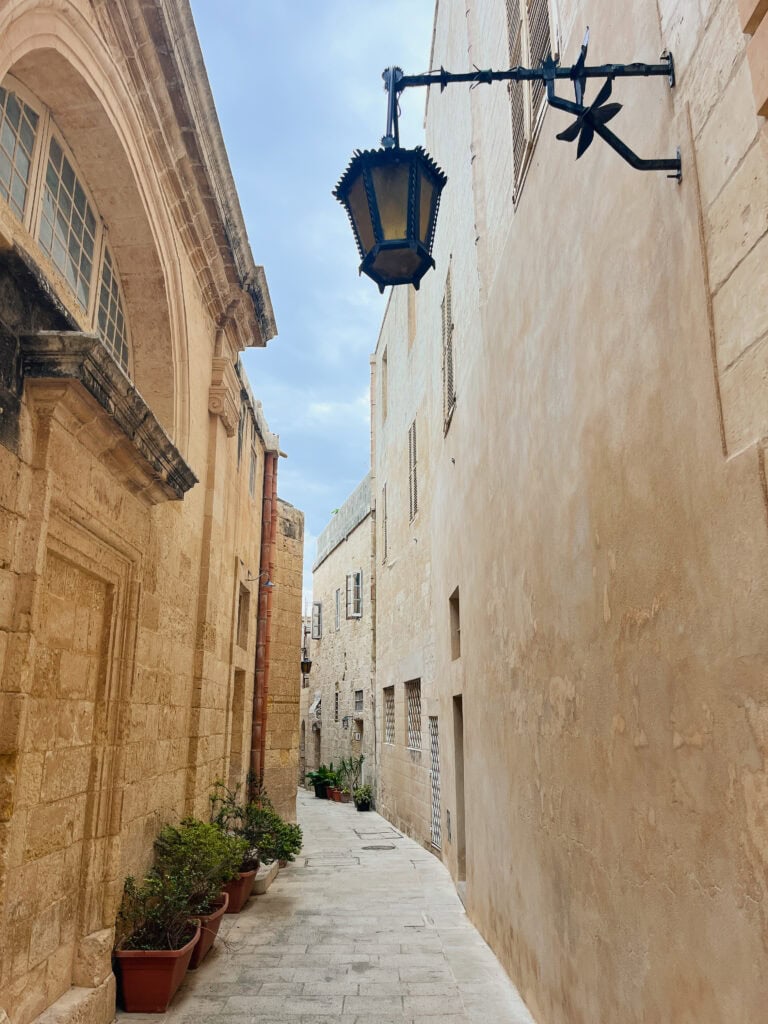
Megalithic Temples
- Ħaġar Qim: Fully accessible with paved paths and a visitor center. A golf cart shuttle takes visitors with mobility issues to the temple entrance.
- Tarxien Temples: Elevated boardwalks allow for an easy visit.
- Hypogeum: Not accessible due to narrow stairs and confined underground spaces. Entry is limited to small groups by advance booking anyway.
Accessible Beaches
Here’s a breakdown of some of the most wheelchair accessible beaches and their amenities:
Malta
- Mellieħa Bay (Għadira Bay): The largest sandy beach with three wooden walkways, two concrete walkways, floating beach wheelchairs, equipped public toilets and disability parking bays.
- Golden Bay, Mellieħa: A sandy beach with two walkways, disability parking bays, equipped public toilet, and a floating wheelchair.
- Ġnejna Bay, Mġarr: A sandy beach with one walkway, a floating wheelchair, and disability parking bays.
- Exiles, Sliema: Rocky beach with a wheelchair-accessible ramp, a hoist chair, an equipped public toilet, and disability parking bays.
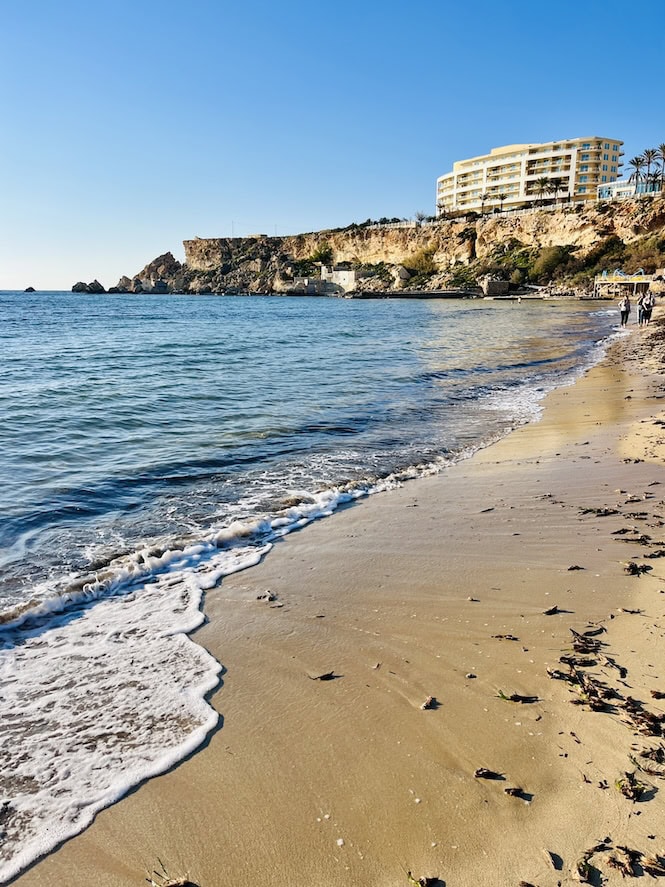
Gozo
- Ramla Bay, Xagħra: A sandy beach with a walkway, one equipped public toilet, a floating wheelchair, and a disability parking bay.
Need advice on renting a car in Malta? Here’s my guide with insider tips on everything you need to know.
Tips for a Smooth Visit
- Avoid steep streets during peak midday heat: Plan museum visits or rest breaks between 12 p.m. and 3 p.m.
- Use the Valletta Lift: A free elevator links the Grand Harbour waterfront (here) to the Upper Barrakka Gardens, saving a tough uphill climb. It’s fully wheelchair accessible.
- Call ahead: Many restaurants have street-level terraces, and staff are happy to place a portable ramp or offer ground-floor seating if available.
- Ask for help: Maltese people are famously helpful. Don’t hesitate to ask for assistance if needed.
Conclusion: Malta Is for Everyone
Yes, Malta has its challenges – steep alleys, old buildings, cobblestones. But with real investments in accessible infrastructure and a national push toward “Tourism for All,” Malta for disabled travellers is not only possible but increasingly easy. From ancient temples to seaside views, you won’t need to sit out the experiences that make Malta special.
Take the time to plan a little, reach out to your hotel or tour provider in advance, and don’t be afraid to ask for what you need. Malta’s history and hospitality are here for you, no barriers attached.

